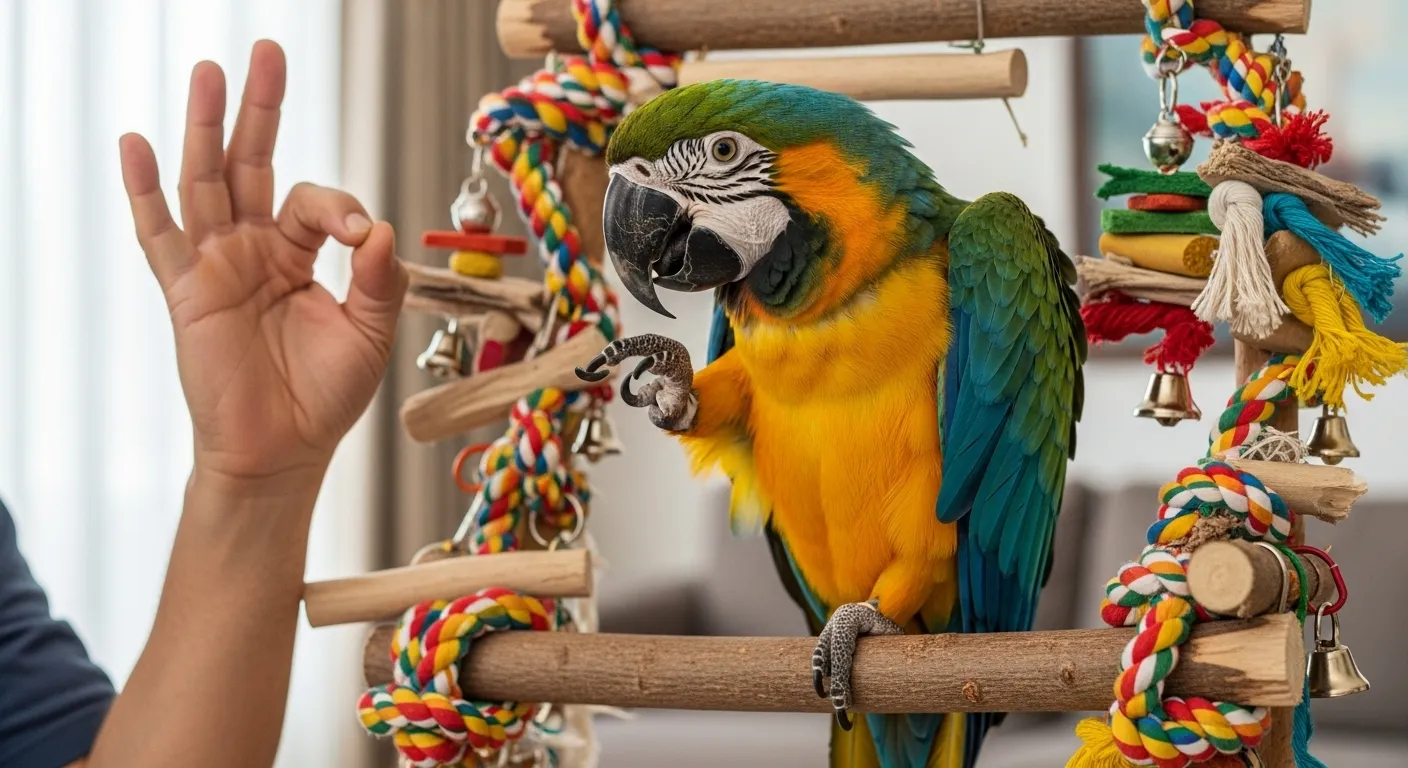
The Language of Love: Training and Communication
Building a strong bond with any pet is about learning to speak their language. Both cats and dogs are intelligent and capable of learning, but their motivations and communication styles differ significantly. The key to success with either species is patience and positive reinforcement—a training method that uses rewards like treats, praise, or toys to make desired behaviors more likely to happen again. It’s about building a relationship based on trust, not fear.
Communicating with Your Dog
Dogs are generally motivated to work with us. Their pack mentality makes them receptive to our guidance and eager for our approval. Consistent, positive training not only teaches them good manners but also strengthens your bond and provides them with crucial mental exercise.
One of the most common pitfalls for new dog owners is inconsistency. If one person lets the dog on the couch and another doesn’t, the dog receives mixed signals and becomes confused. Everyone in the household must be on the same page with rules and cues.
Mini-Example: A 5-Minute “Sit” Training Session
1. Preparation: Grab a handful of small, high-value treats (tiny pieces of chicken or cheese work well). Choose a quiet space with no distractions.
2. Luring: Hold a treat near your dog’s nose. Slowly move the treat up and back over their head. As their nose goes up, their rear end will naturally go down into a sit.
3. Mark and Reward: The instant their bottom touches the floor, say an enthusiastic “Yes!” or use a clicker, and immediately give them the treat. The marker word “Yes!” tells them precisely what they did to earn the reward.
4. Repeat: Do this 5-6 times in a row, then take a break to play. Keep sessions short and fun to hold your dog’s interest.
5. Adding the Cue: Once your dog is reliably following the treat lure into a sit, you can start saying the word “Sit” just as you begin the motion. Over time, they will associate the word with the action, and you can phase out the hand lure.
For more complex behavioral issues, like reactivity or severe anxiety, it is always best to consult a certified professional dog trainer or a veterinary behaviorist who uses humane, science-based methods.
Communicating with Your Cat
Many people are surprised to learn that cats are also highly trainable. The trick is to understand what motivates them. While some cats enjoy praise, most are motivated by food or play. Training a cat is a fantastic way to bust boredom and build their confidence.
The key is understanding their body language. A slow blink from a cat is a sign of trust, often called a “cat kiss.” A tail held high and straight with a little quiver at the tip means they are happy to see you. Conversely, a twitching, thumping tail and flattened ears are clear signals to give them space. Ignoring these signals is a common mistake that can lead to scratches or bites. The cat almost always gives a warning first.
A frequent challenge for cat owners is destructive scratching. This is a natural, healthy behavior for cats—it helps them stretch, mark their territory, and maintain their claws. The solution is not to punish the cat, but to redirect the behavior. Provide a variety of sturdy scratching posts (both vertical and horizontal) with different textures (sisal rope, cardboard, carpet). Place them in prominent areas, like near their sleeping spot or the couch they are targeting. Make the posts more attractive by rubbing them with catnip, and use deterrents like double-sided sticky tape on the furniture temporarily.
You can even use positive reinforcement to teach a cat to come when called. Simply say their name in a happy tone, and when they look at you or come over, reward them with a delicious treat. With repetition, they’ll learn that hearing their name means good things are coming.














